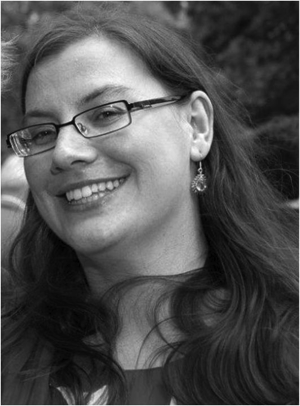Comparative 2D and 3D Culture Studies as a Means to Identify Mechanisms of Chemo-Resistance (#176)
The key mechanisms that underlie drug resistance in cancer have yet to be fully elucidated. To address these issues, many are now turning to three-dimensional (3D) based cellular assay systems that permit the formation of multicellular structures (MCS). The internal microenvironment of MCS mimics closely that of those in vivo. This study compared drug-resistant models of non-small cell lung cancer (NSCLC) in 3D culture with those in grown in two-dimensional (2D) culture. The behaviour of cells cultured in these distinct geometric configurations was monitored and compared by measuring viability and proliferation.
3D MCS were cultured in Happy Cell Advanced Suspension Medium™ (ASM). lsogenic NSCLC cell line models of cisplatin resistance were cultured in both 2D and 3D culture systems. This model consisted of a sensitive parent (PT) and a matched cisplatin resistant (CisR). Cells were cultured in a range of cisplatin concentrations. Subsequently, viability assays were conducted in order to compare the response of PT and CisR cells in 2D and 3D culture systems. Morphological analysis was performed via high content analysis (HCA).
Preliminary data suggests that at equivalent cisplatin concentrations, H460 3D MCS exhibit greater resistance compared with monolayers in both Parent and CisR lines. Imaging experiments have demonstrated that these 3D structures have a central necrotic core, a feature of the asymmetric growth patterns associated with these 3D structures; that being a decrease in viable cells as you move inwards from the periphery of the MCS.
Happy Cell ASM is a novel 3D culture medium for generating MCS. When treated with cisplatin, our MCS exhibited enhanced resistance to therapy compared to 2D cultures. It has been argued that MCS and their microenvironment are more reflective of the in vivo situation. Therefore, MCS may provide a more accurate in vitro model to elucidate mechanisms of chemo-resistance, possibly aiding the identification of novel targets to re-sensitise patient therapy.
 COSA 2015*
COSA 2015* 